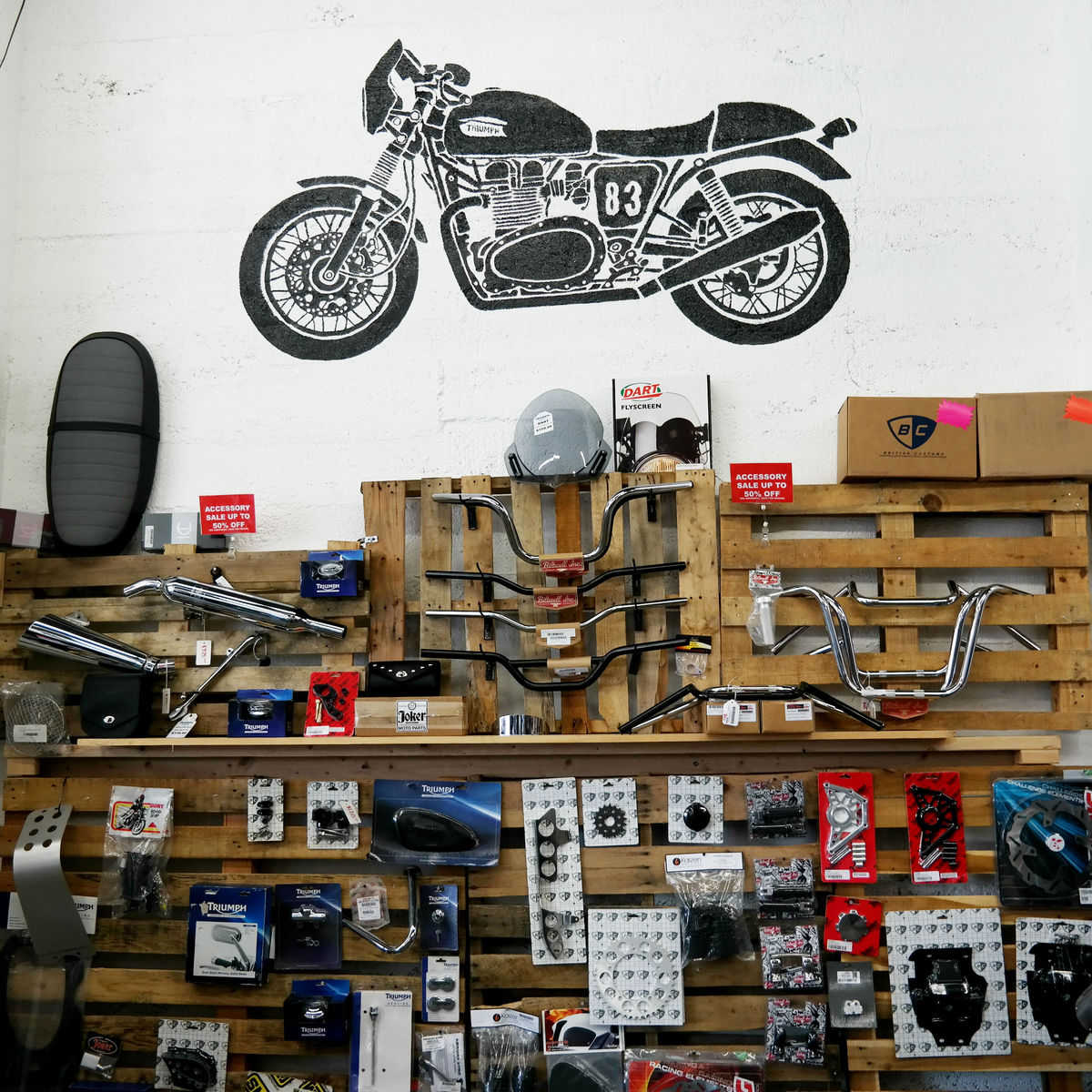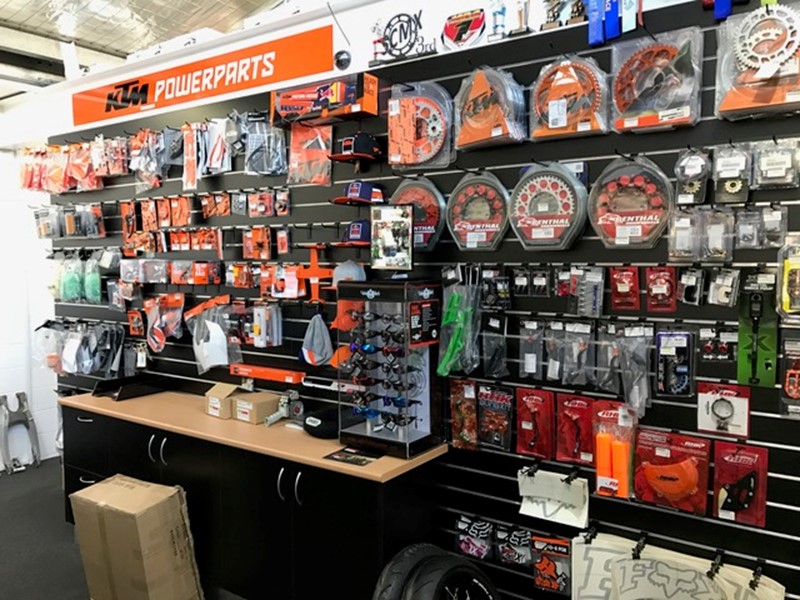Grasping Motorcycle Gears: How to Optimize Your Riding Experience
In the world of motorcycling, grasping the art of equipment control is crucial for improving your riding efficiency. Effectively comprehending and using bike gears can substantially impact fuel, velocity, and control efficiency, changing an ordinary experience right into a smooth, exciting trip. By including exact change timing and adjusting equipment selection to numerous road problems, riders can ensure optimum engine performance and security. The subtleties of clutch control, throttle sychronisation, and equipment auto mechanics bid a much deeper exploration, assuring to unlock the full capacity of your maker. Exactly how can these techniques be harnessed to really optimize your riding experience?
Understanding Equipment Mechanics
Just how do the ins and outs of gear auto mechanics influence motorbike efficiency? At the core of motorcycle characteristics, gear auto mechanics play a pivotal duty in converting engine power right into activity, inevitably dictating speed and control. Gears, thoroughly crafted elements, allow motorcyclists to maximize torque and rate, guaranteeing a seamless shift through various surfaces and speeds. The equipment proportions, very carefully made, establish the connection between engine transformations and wheel turns, influencing velocity and fuel performance.
Comprehending gear auto mechanics begins with acknowledging the relevance of the gearbox, which houses numerous gears of differing sizes. These gears connect through a process recognized as meshing, where teeth of various equipments involve to transfer power. The accuracy of this communication is essential; any type of imbalance or damages can result in inefficient power transfer, impeding efficiency. In addition, the plan and size of equipments affect the bike's capability to deal with various loads and rates.
In addition, the concept of gear changing is integral to maximizing efficiency. Smooth and prompt changes ensure that the engine operates within its optimal power band, protecting against unnecessary stress and boosting durability (moto parts nz). By understanding these mechanical intricacies, motorcyclists can attain an unified blend of power, performance, and control, elevating their riding experience
Timing Your Shifts
Shift timing mastery is important for optimizing motorcycle efficiency and improving the riding experience. Properly timed changes make certain that the engine runs within its ideal power band, which is important for maintaining control, attaining smooth velocity, and ensuring the long life of the bike. Motorcyclists must establish an intuitive feeling of when to change equipments, which entails recognizing the partnership between engine revolutions per min (RPM) and rate.
To understand change timing, pay close attention to the engine's noise and feel, as these provide crucial hints concerning when to transform equipments. When the engine approaches the upper variety of its power band without getting to the redline, the excellent change point commonly happens - motox parts nz. Shifting too early can result in an absence of power, while shifting as well late may create unnecessary engine strain
Additionally, roadway conditions and riding style impact shift timing. In city settings, smoother and more constant shifts might be needed to navigate traffic efficiently. On the other hand, during freeway riding, fewer shifts at greater rates can be better suited. Exercising in varied settings will boost your capability to time shifts specifically, ultimately raising your riding experience to a specialist level.
Enhancing Gas Effectiveness
While grasping bike equipments is essential for performance, boosting fuel effectiveness is just as vital for both financial and ecological reasons. Ideal gas consumption not only lowers functional expenses yet additionally minimizes the environmental impact of riding. To achieve this, one have to comprehend the complex connection between equipment option and engine efficiency.
Firstly, selecting the best gear at proper rates can significantly impact fuel consumption. Riding in a higher gear at lower speeds can lead to engine hauling, which is detrimental to both fuel economic climate and engine health and wellness. On the other hand, riding in lower gears at broadband leads to unnecessary gas intake. Therefore, keeping an ideal balance by moving gears in alignment with road conditions and prepared for maneuvers is necessary.
In addition, routine maintenance plays a pivotal duty in gas efficiency. Ensuring that the motorbike is well-tuned, with clean air filters and properly blew up tires, can boost the rules of aerodynamics and decrease fuel wastage. In addition, embracing a riding style that welcomes progressive acceleration and smooth slowdown can add to much better fuel economic situation.

Strategies for Smooth Transitions
Accomplishing smooth equipment transitions is basic to improving the riding experience and ensuring the durability of a motorcycle's transmission system. Appropriate equipment moving not just contributes to a smooth ride yet likewise decreases deterioration on the mechanical parts. To master the art of smooth changes, riders need to concentrate on a few vital techniques.

Secondly, clutch control plays a critical duty. Engaging and disengaging the clutch smoothly calls for practice. The clutch lever should be launched gradually, permitting a smooth transfer of power from the engine to the wheels without causing a jolt or sudden activity.

Adjusting to Roadway Problems
Navigating diverse road problems is a critical discover this ability for any kind of motorcyclist intending to preserve control and safety. Whether you're riding on wet surface areas, gravel roads, or browsing doglegs, your capability to adapt your equipment use and riding method is critical. Understanding how to readjust your equipments appropriately can considerably affect traction and security, making sure a safer trip.
On damp roads, it is advisable to keep higher gears to lower torque and lessen wheel spin. This method helps maintain grasp on slippery surface areas, enabling smoother acceleration and slowdown. On the other hand, when riding on crushed rock or unequal terrain, reduced gears are better. Lower equipments provide better control and permit you to respond even more quickly to unanticipated modifications in the road surface area.
Sharp curves require accurate equipment management to stabilize speed and control. Downshifting prior to going into a contour can help keep momentum while making sure the bike remains stable throughout the turn. Constant technique in varied conditions improves your capacity to you can look here react and predict to modifications in roadway appearance and incline.
Conclusion
Grasping motorbike gears considerably improves the riding experience by enhancing control, acceleration, and fuel performance. Adjusting gear option to numerous roadway conditions, such as using higher equipments on damp surface areas and lower gears on crushed rock, more improves handling and safety.
Understanding equipment technicians begins with recognizing the significance of the transmission, which houses several gears of differing dimensions. These gears interact via a process known as meshing, where teeth of various equipments involve to send power (mx gear nz). Mild modifications to the throttle during equipment shifts can prevent jerky activities and preserve a regular riding speed
Whether you're riding on wet surface areas, gravel roads, or navigating sharp turns, your capacity to adapt your equipment usage and riding technique is extremely important. Adapting equipment choice to numerous road problems, such as utilizing greater gears on wet surface areas and lower equipments on gravel, additional enhances handling and safety and security.